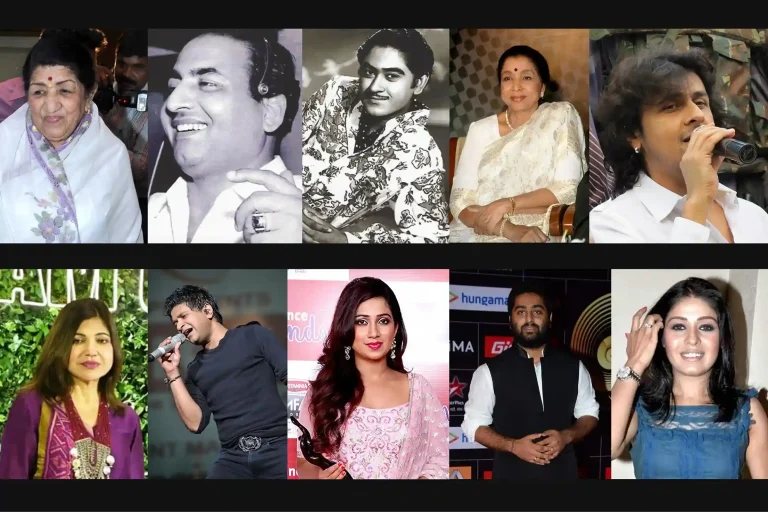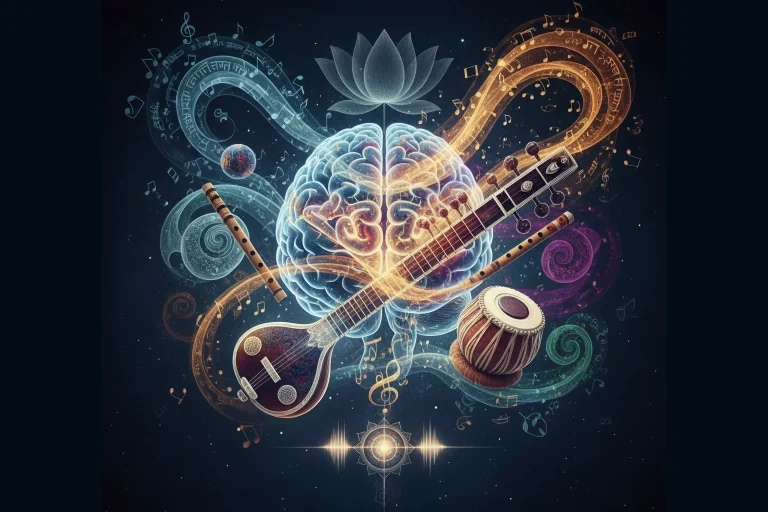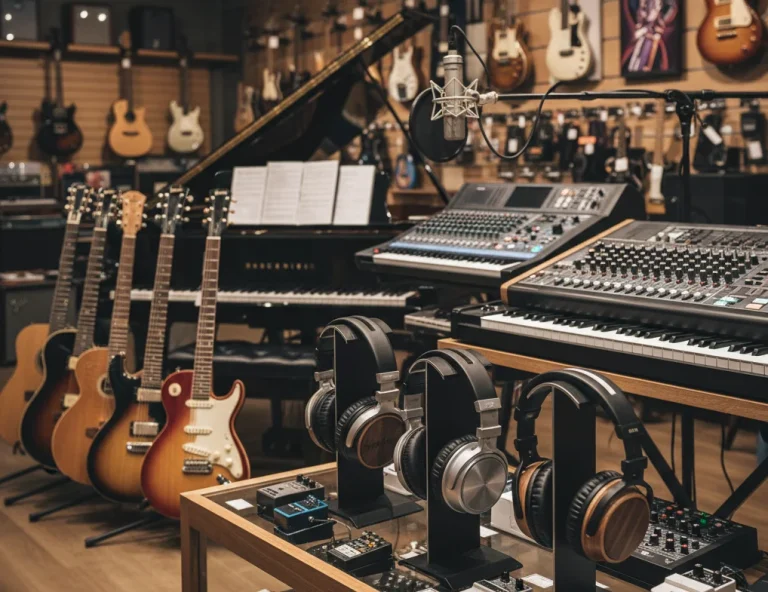All Topics
- Alchemizing Music Concepts for Students
- Artist Spotlight
- artium gift card
- Artium Maestros
- Artium News
- buying guide
- Carnatic Music
- Devotional Music
- Editorials by Ananth Vaidyanathan
- Film Music
- Guitar
- Hindustani Classical Music
- Indian Classical Music
- Indian Folk Music
- Insights
- Instruments
- Karaoke Singing
- Keyboard
- Kids Music
- maestros
- Music Education
- Music for Kids
- Music Industry
- Music Instruments
- Music Legends
- Music Theory
- Music Therapy
- Piano
- piano guide
- Success Stories
- Tamil Film Music
- Telugu Film Music
- Time Theory
- Tools
- Uncategorized
- Vocal Singing
- Vocals
- western classical music
- western music
- Western vocal music
Hindustani vs Carnatic: Exploring India’s Two Classical Music Traditions
Hindustani vs Carnatic: Exploring India’s Two Classical Music Traditions

Table of Contents
India’s rich musical heritage has two primary classic styles, which are Hindustani and Carnatic. Hindustani is popular in the North, while Carnatic music is mainly practised in the South. Both are admired for their beautiful melodies and rhythms, yet they have distinct styles and traditions. Let’s explore India’s two classical music traditions.
A Brief History of Indian Classical Music
The beginning of Indian classical music goes back to the Vedic tradition, where music wasn’t heard for entertainment but as a spiritual practice. What created the base that grew into classical music are the four Vedas in which Sama Veda is known for its hymns written to musical notations.
Slowly, Indian classical music was divided into two unique parts: Carnatic music in the South and Hindustani classical music in the North. The split happened during the 13th century during the Islamic invasion of Northern India. Hindustani music grew under the influence of Mughal rulers, including Persian, Afghan, and Turkish themes. Meanwhile, Carnatic music excelled in Southern India and connected closely to historical customs.
Key Differences Between Hindustani and Carnatic Music
- Geographical
Hindustani classical music is mostly performed in Northern India, while Carnatic music is linked with southern India.
- Style of Performance
Hindustani music focuses on improvisation and slowly elaborating the raga along with the development of melodies. Whereas, Carnatic music is way more structured and has established compositions and kritis (songs), which is what sets the base for performances.
- Instruments
In Hindustani music, the most commonly used instruments are the sitar, tabla, and harmonium. In Carnatic music, you can expect the veena, mridangam, violin, and ghatam.
- Ragas and Talas
In both styles, we can see ragas (melodic frameworks) and talas (rhythmic cycles). However, their use varies where Hindustani music ragas are flexible and allow for more improvisation, whereas Carnatic ragas are more demanding, with specific compositions.
- Languages
Hindustani music is usually sung in languages like Hindi, Urdu, and Sanskrit. However, Carnatic compositions are generally in Telugu, Tamil, and Kannada.
Audience and Cultural Influence
One of the main differences between these two traditions is their audience and the cultural setting.
- Hindustani music has a wider audience because of the rich history that it holds along with the improvisational style, which draws attention from different cultural backgrounds.
- On the other hand, Carnatic music has a strong base in South Indian religious and cultural traditions. You can find this music played in temples and devotional events.
Despite their differences, both styles of music are popular and have a large following among people who learn Indian classical music.
Global Influence of Hindustani and Carnatic Music
Indian classical music, especially Hindustani classical music, has attracted listeners worldwide. The use of ragas and Indian instruments in global fusion, jazz, and even Western classical works shows the major impact Hindustani music has had. Popular artists like Pandit Ravi Shankar and Ustad Zakir Hussain have played an important role in spreading Hindustani music across the world.
When it comes to Carnatic music, although it is less popular than Hindustani music, it has loyal customers among Indian diaspora groups worldwide. Notable Carnatic musicians like Aruna Sairam and M.S. Subbulakshmi have played overseas and introduced this genre to a broader audience.
Both these forms of music have achieved global recognition for their details, emotional depth, and improvisation, inspiring artists across the world to explore Indian classical music.
Conclusion
As we read above, the major differences between Hindustani and Carnatic music can be seen in their style, instrumentation and performance, but we can also see that they both value melody, rhythms and emotions. If you want to explore and learn Hindustani music or Carnatic music, we at Artium Academy offer online music classes that cover both styles of music for every skill level. Our certified teachers will guide you through your learning journey in LIVE 1:1 courses from the convenience of your own home.
Explore our Carnatic and Hindustani classical vocal classes today and book a free trial to get started!






